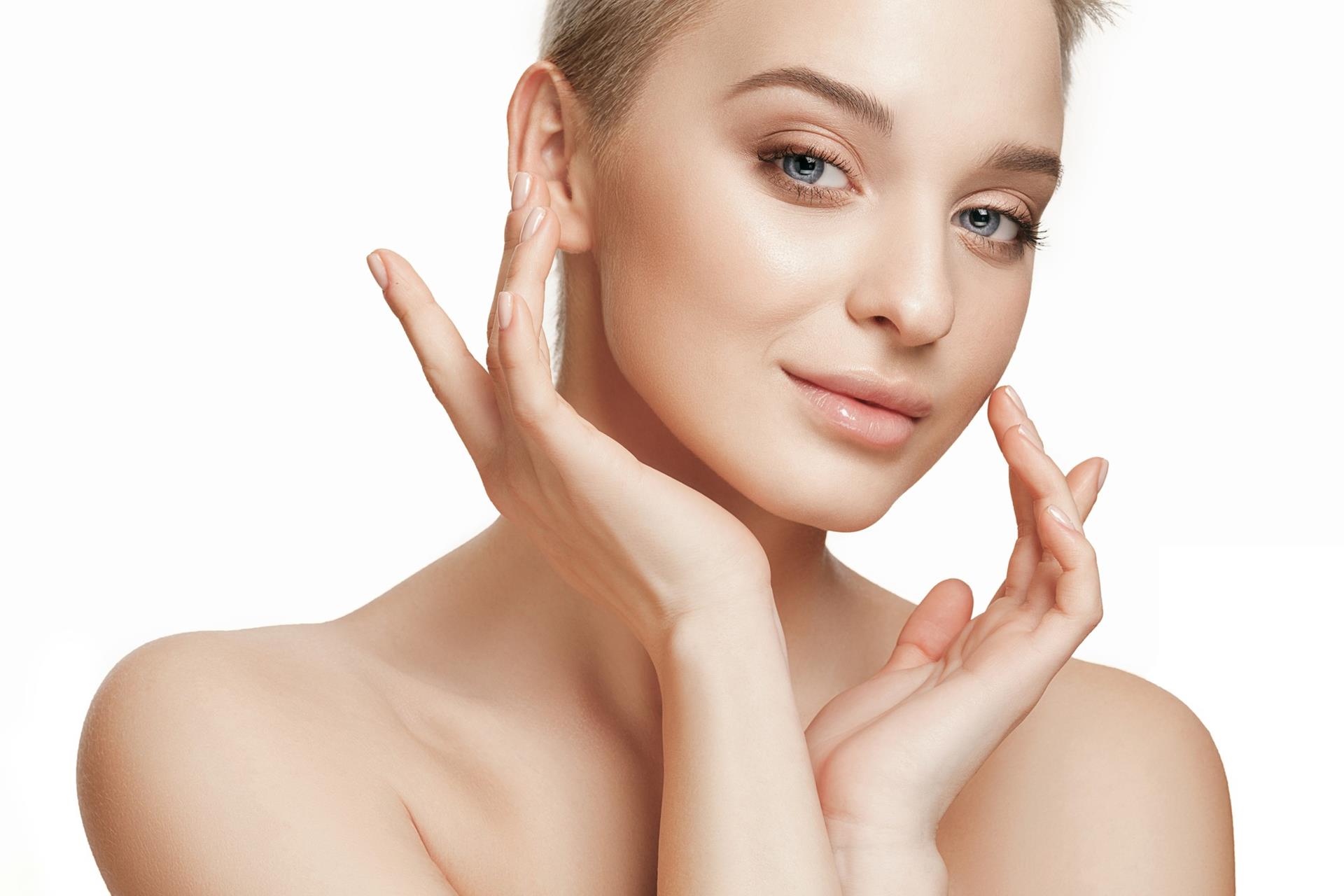
Age spots—also called brown spots, liver spots, or solar lentigines—are a common sign of aging. These flat, oval patches of pigmentation usually develop on sun-exposed areas such as the face, hands, arms, shoulders, and feet. Most often seen in people over 40, age spots can vary in size from tiny freckle-like dots to larger patches over half an inch long. When multiple spots cluster together, they can appear even larger. Their color ranges from light brown to nearly black.
Request an AppointmentCauses of Age Spots
Age spots primarily result from cumulative exposure to ultraviolet (UV) rays from the sun. Other causes include the use of tanning beds or lamps, skin trauma or injury, and genetic factors. Individuals with lighter skin tones and those with a history of frequent sunburns or prolonged sun exposure are more prone to developing age spots.
Diagnosis
While age spots are benign and typically don’t require treatment, any spot that looks irregular may warrant further examination. A biopsy can be performed to rule out skin cancer if spots show any of the following:
- Dark, uneven pigmentation
- Unusual mix of colors
- Rapid growth in size
- Itching, redness, sensitivity, or bleeding
Treatment Options
Though age spots are harmless, many choose to treat them for cosmetic reasons. Common treatments include:
- Cryotherapy (liquid nitrogen)
- Skin bleaching creams
- Microdermabrasion
- Laser skin resurfacing
- Chemical peels
Since these treatments are purely cosmetic, they are usually not covered by insurance.
Prevention
To reduce the risk of age spots or prevent them from worsening, it’s important to avoid prolonged sun exposure and consistently apply broad-spectrum sunscreen that protects against both UVA and UVB rays. Wearing UV-protective clothing and wide-brimmed hats offers additional defense against sun damage.
